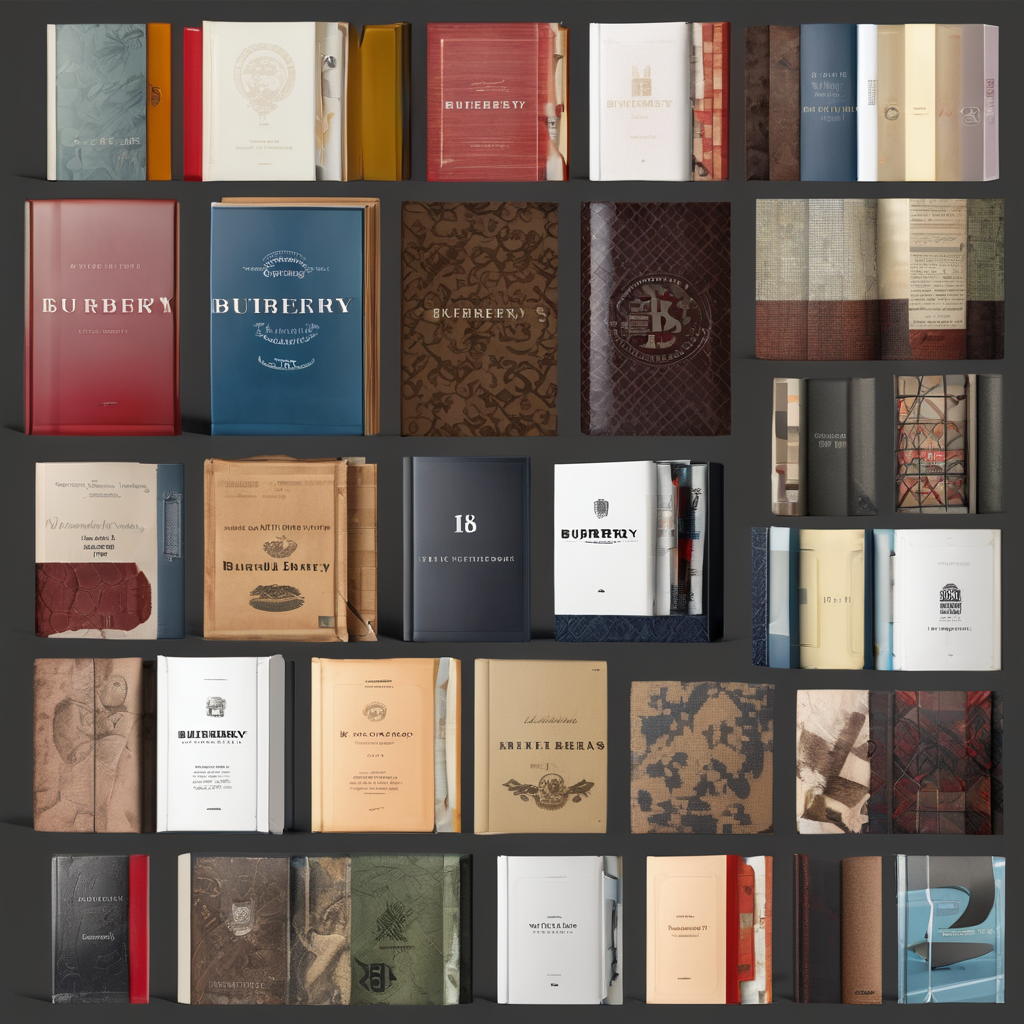Understanding Pattern Blending
Understanding pattern blending begins with grasping its fundamentals in fashion and interior design. This involves carefully selecting and combining vibrant patterns while ensuring they harmonize within a given space or outfit. A critical component of successful blending is the application of color theory. By understanding which colors complement and enhance each other, designers are more equipped to create visually appealing results.
Color theory acts as a guiding principle to harmonize vibrant patterns, ensuring they are neither overwhelming nor clashing. Effective pattern blending relies heavily on the key elements of color contrast and composition, allowing individual patterns to stand out while still contributing to a cohesive look. This balance is often achieved by mixing bold patterns with more understated ones, paying close attention to color relationships.
Also to see : Achieve Stylish Harmony: Expert Tips for Merging Luxury Glamour with Budget-Savvy Fashion
Moreover, understanding the nuances of pattern scale and texture is vital. A harmonious balance between small and large-scale patterns can contribute to visual interest and depth. Texture adds another layer to this process, offering dimension and richness to the overall design. Recognizing and integrating these elements are crucial for anyone looking to venture into the world of pattern blending in fashion or interior design.
Practical Strategies for Blending Patterns
Blending techniques in fashion go beyond simply combining patterns. Effective layering of patterns adds depth to designs and outfits, enhancing their aesthetic appeal. To achieve stylish layering, consider the following:
In parallel : Elevate Your Evening Style: Chic Ways to Incorporate Doc Martens for a Sophisticated Night Out
H3 – Layering Patterns for Depth
-
Techniques for layering different patterns stylishly: Start by pairing a dominant pattern with secondary, more subtle ones. Ensure each pattern has a color or motif in common, which ties them together.
-
Examples of successful layering in actual outfits: A classic striped blazer layered over a polka dot blouse can create a chic ensemble due to their shared color tones.
-
Recommendations for fabric selection: Opt for fabrics that are comfortable to layer, such as lightweight cotton or silk.
Layering patterns effectively is about creating a balanced look where no single element overwhelms the others. Selecting fabrics that complement each other in weight, drape, and texture is key. Additionally, experimenting with proportions—such as a bold pattern on a smaller garment and a subtle pattern on a larger piece—can yield visually harmonious results. These strategies ensure that when patterns converge, they do so with elegance and purpose, enhancing the overall design.
Utilizing Color Schemes
Creating a cohesive look with color schemes is essential when blending patterns to maintain harmony and visual appeal. Using a color wheel can greatly assist in choosing complementary colors that naturally work well together. By understanding color relationships, designers can select patterns that enhance each other, avoiding clashes that can disrupt the overall aesthetic.
When applying these techniques, it’s critical to focus on complementary colors. These are colors located opposite each other on the color wheel and can create a vibrant contrast while still maintaining harmony. For example, pairing deep blue with a warm orange can result in a striking yet balanced ensemble.
In fashion, effective color integration involves a careful balance. It’s beneficial to limit the color palette to no more than three main colors to ensure cohesion. Additionally, considering the undertones of colors can refine the selection, as undertones can subtly influence the overall perception of the combination.
Avoid common mistakes such as ignoring the saturation levels of vibrant patterns, which might overwhelm rather than enhance an outfit. With thoughtful application and a deeper understanding of color schemes, pattern blending becomes an exciting avenue for creative expression in design.
Expert Recommendations and Visual Examples
Fashion experts have long extolled the virtues of pattern blending. Their curated examples provide a treasure trove of inspiration for those seeking to enhance their fashion designs. Leading designers often champion the harmonious mixing of vibrant patterns, showcasing how complementary elements can transform an ordinary outfit into an extraordinary one. Incorporating insights from these trailblazers can be invaluable in mastering the art of blending.
Style influencers also contribute significantly to the narrative, offering fashion advice grounded in real-world applications. They share personal methodologies, emphasizing the importance of blending techniques tailored to individual tastes while maintaining aesthetic balance. Embracing their guidance ensures versatility and uniqueness in any fashion endeavor.
Visual aids, such as lookbooks and fashion shows, serve as dynamic resources for understanding the intricacies of pattern blending. These mediums highlight successful combinations of vibrant patterns, bringing theory into practice. By analysing these visuals, one can discern patterns that balance scales, textures, and colors effectively.
Reviewing and interpreting these curated examples encourages creative exploration and innovation in pattern blending. Aspiring designers will find these resources vital in refining their craft and developing their own distinctive style in fashion design.
Common Pitfalls to Avoid
Navigating the complexities of pattern blending can often lead to styling mistakes that detract from the intended design. Pattern clash is a frequent issue, where mismatched elements disrupt the outfit’s harmony. To prevent this, ensure that patterns share at least one unifying aspect, whether it be color, texture, or scale.
Overuse of patterns can also contribute to fashion faux pas. Avoid overwhelming an ensemble by sticking to a simplified color palette and balancing bold patterns with neutral, subdued elements. This restraint helps maintain a focused aesthetic.
In the event of a pattern clash, recovery strategies include substituting pieces to achieve better cohesion. Swapping dominant or conflicting patterns with more neutral alternatives can enhance the overall look without sacrificing creativity.
Another common pitfall is ignoring proportions, which can lead to a visually jarring outcome. Understanding and utilizing the appropriate scale of patterns ensures that each element contributes to a pleasing composition.
By concentrating on these strategies, you can develop an intuitive sense for minimizing potential errors. Focus on mindful selection and thoughtful arrangement to achieve a seamless blend of vibrant patterns, transforming potential pitfalls into striking visual triumphs.


